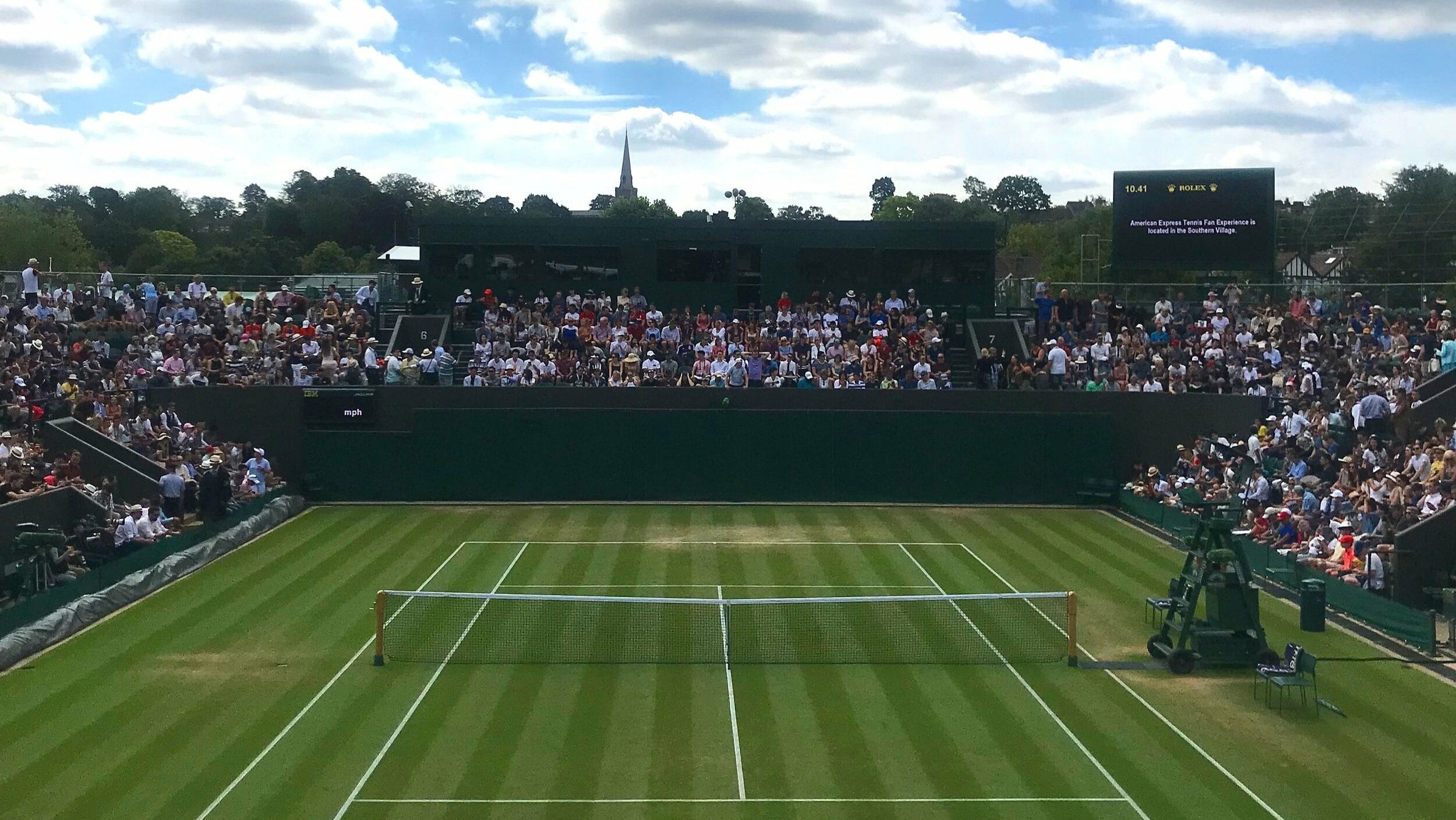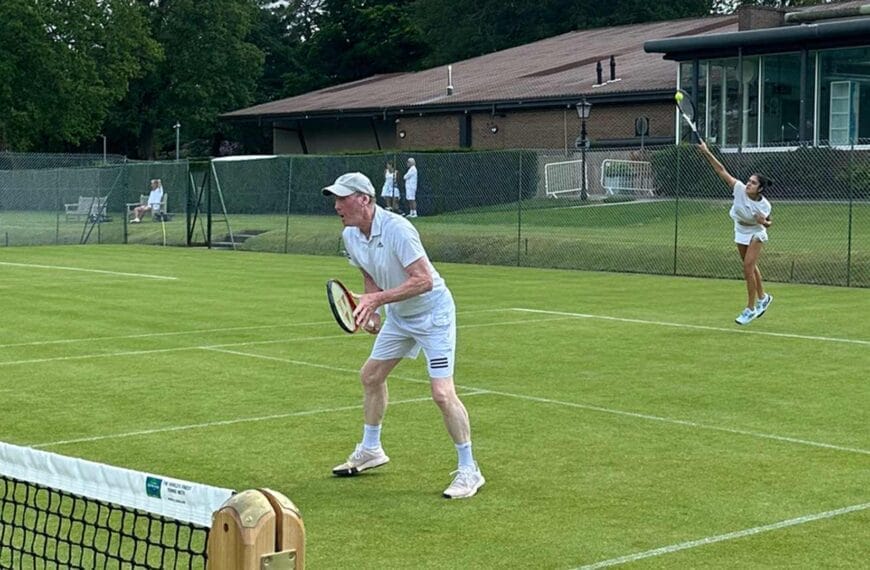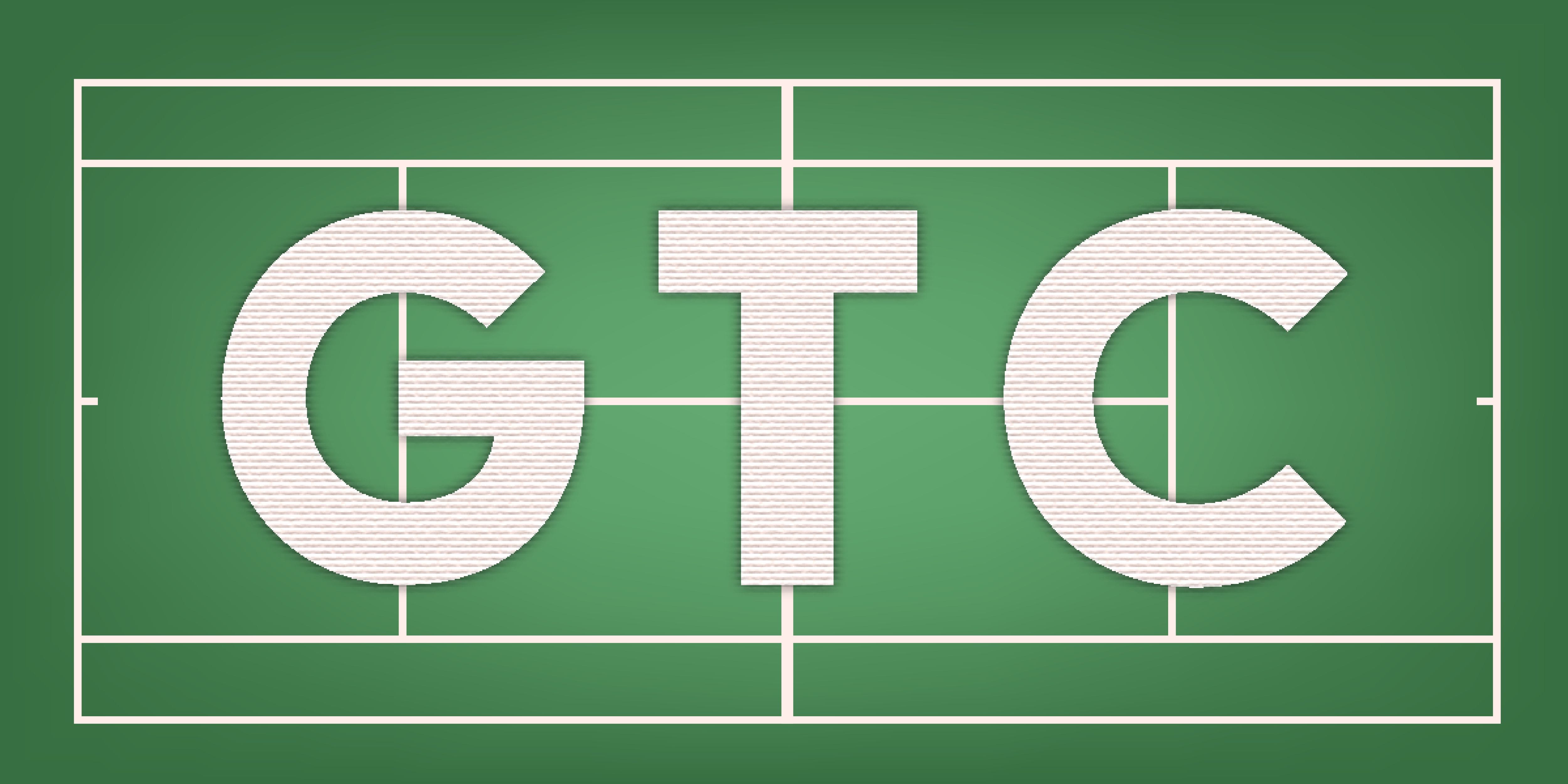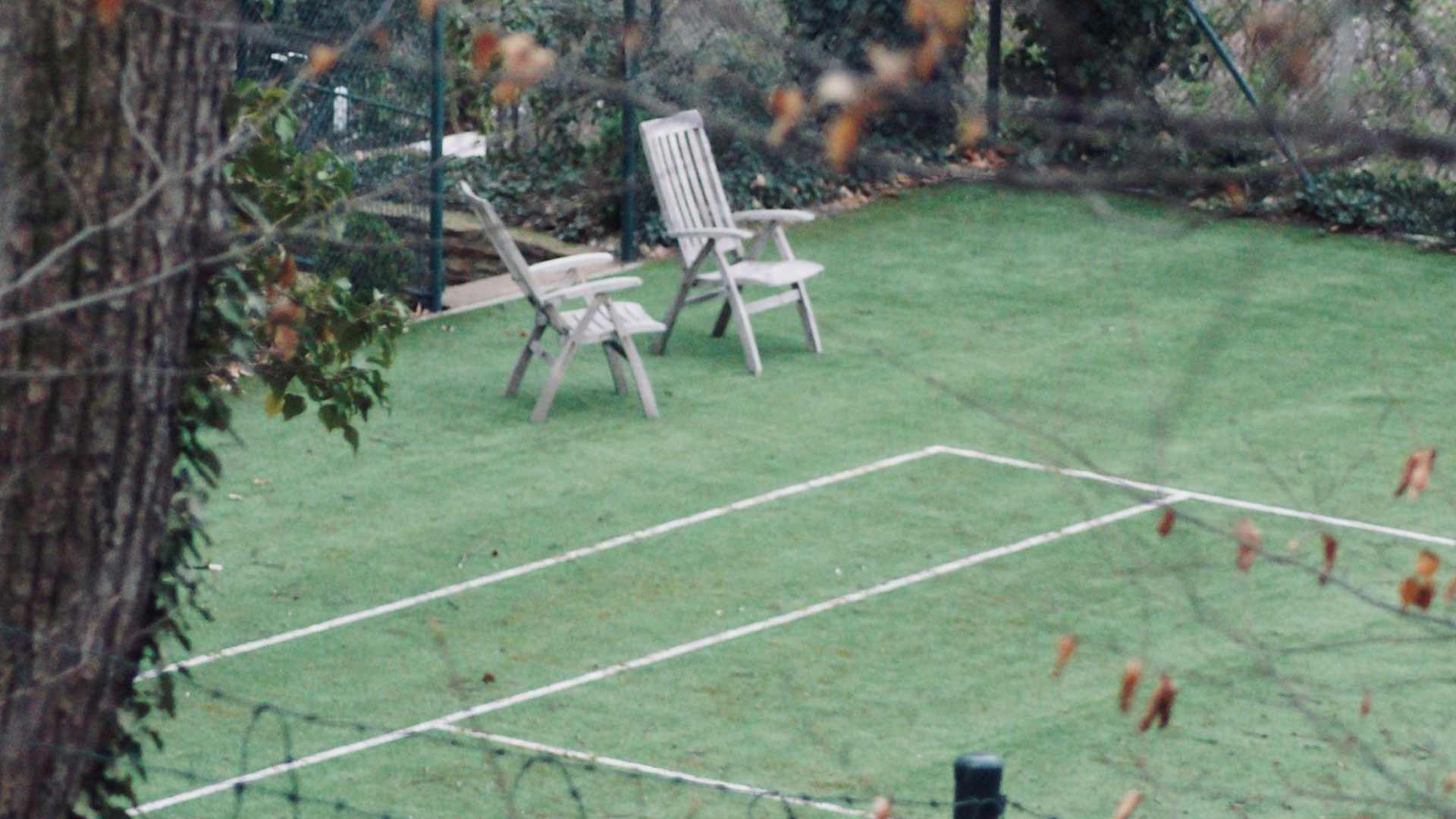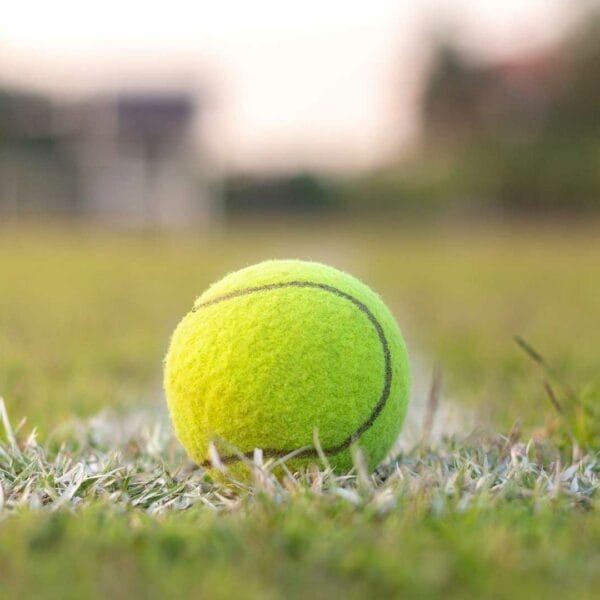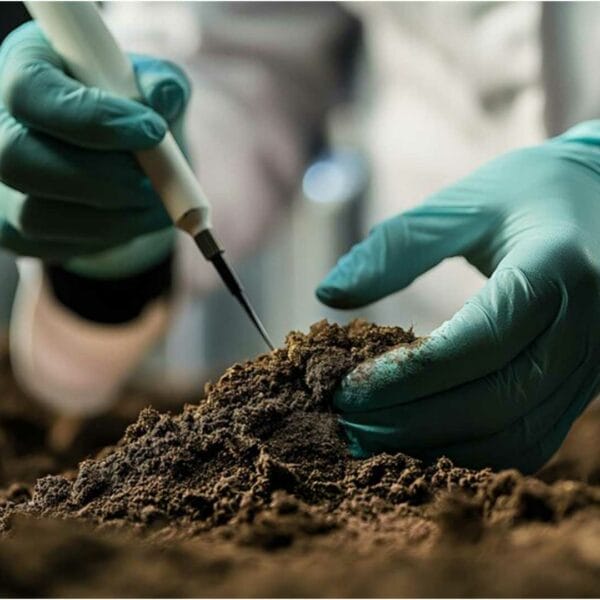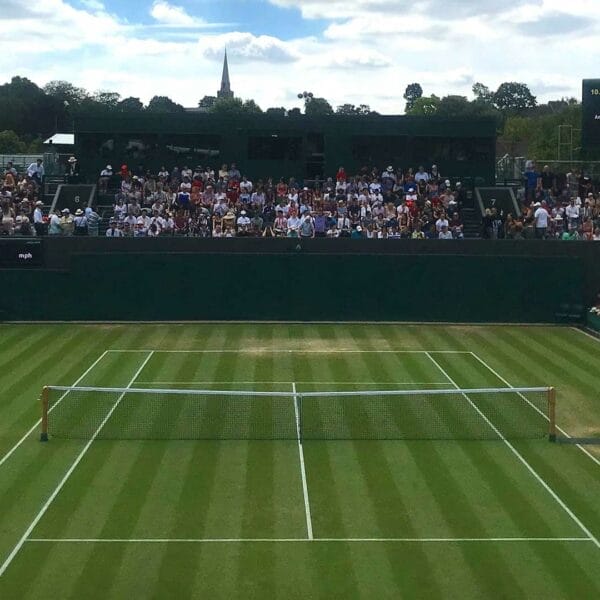Wimbledon’s hallowed lawns have long been synonymous with blistering serves and lightning-fast rallies. The slick, green canvas has historically favoured the bold, aggressive player, the one willing to charge the net and end points with a deft touch. However, keen observers and players alike have noticed a discernible shift in recent years, and 2025 is no exception. The grass at the All England Club is, whisper it, playing slower.
This isn’t a figment of the imagination. The data and the on-court evidence both point to a more deliberate pace. But why is this happening to the most famous grass courts in the world? The answer lies in a combination of science, strategy, and a commitment to a different kind of tennis.
The primary reason for this change is the type of grass itself. Since 2001, Wimbledon has exclusively used 100% perennial ryegrass. This particular species is incredibly durable, a crucial factor in a tournament that sees two weeks of intense, non-stop play. This resilience, however, comes with a trade-off: a slightly slower surface compared to the fescue and ryegrass mixes of old.
Furthermore, the dedicated groundstaff at Wimbledon have been meticulously managing the courts to create a surface that offers a higher, more predictable bounce. This is achieved through a combination of factors, including the height of the grass and the compaction of the soil beneath. A less skiddy, higher bounce gives players a fraction of a second longer to react, encouraging longer baseline rallies and a more diverse range of playing styles to flourish.
This evolution of Wimbledon’s grass has had a noticeable impact on the game. The classic serve-and-volley tactic, once the cornerstone of success here, is now a rarer sight. Instead, we are seeing more epic baseline exchanges, with players who excel on other surfaces finding their footing more comfortably on the grass.
While some purists may long for the days of untouchable serves and four-shot rallies, there is no denying that the current conditions have produced some of the most compelling and competitive matches in recent memory. The slower pace has levelled the playing field, making for a fascinating and unpredictable tournament. The velvet courts of Wimbledon may have lost a touch of their speed, but they have gained a new dimension of drama.

